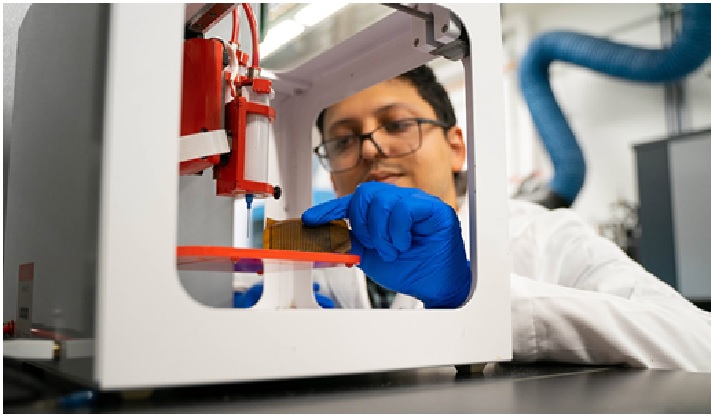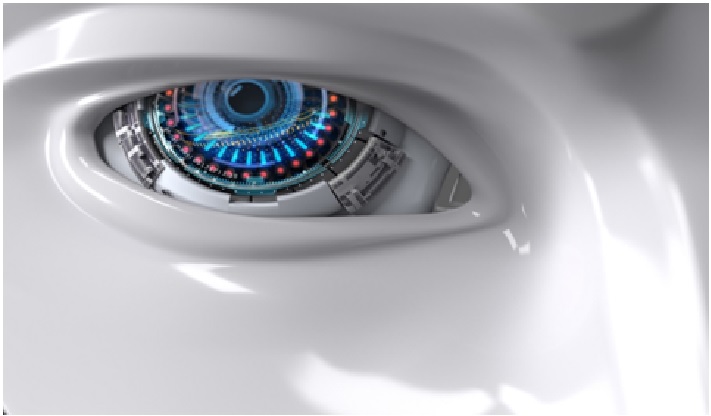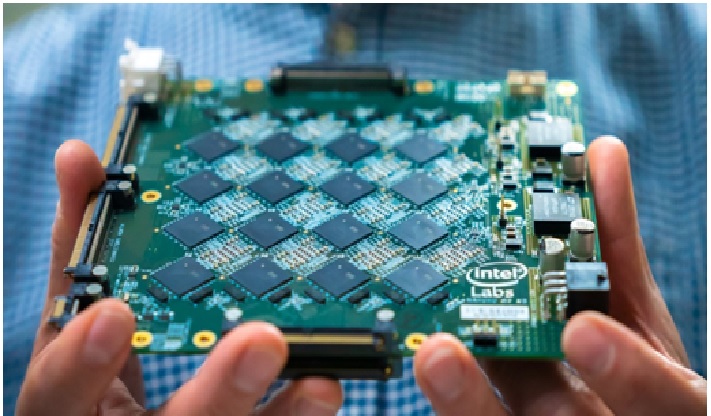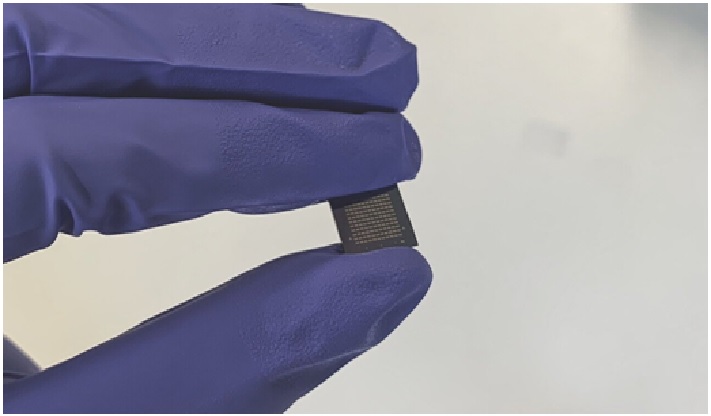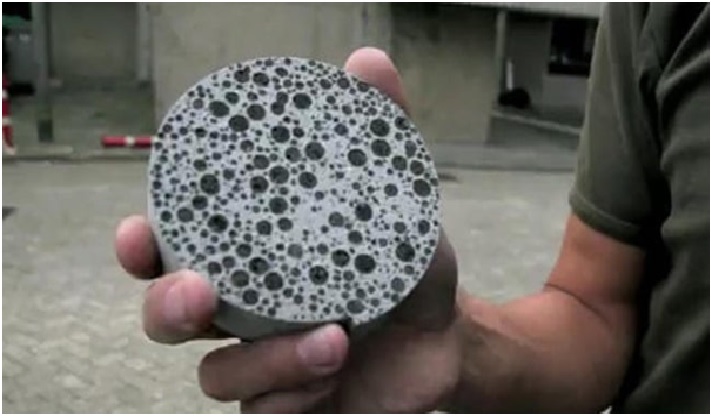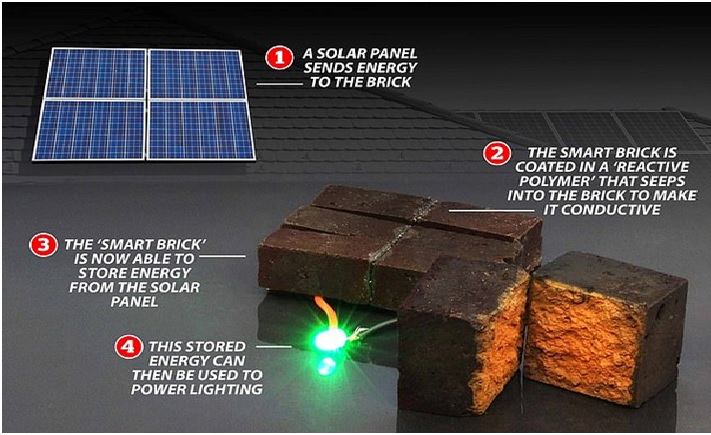The Ground-Breaking Smart Needle Technique for Cancer
Scientists have developed a “ground-breaking” technique which they say has the potential to increase the speed of diagnosing common cancers. [1] A team of experts have created a "smart needle" probe that uses light to pinpoint cancerous tissues or cells “almost instantaneously”. The smart needle is shown in figure 1.

Figure 1: The Smart Needle
Those behind the new technique believe it could significantly improve the rate of detection and diagnosis of cancers – particularly lymphoma. The project has been carried out by researchers at the University of Exeter, University of Bristol and Gloucestershire Hospitals NHS Foundation Trust. “This technique has real potential to increase the speed of lymphoma diagnosis,” Dr Dudgeon said.
“It could potentially bring huge advantages over traditional methods providing an instant diagnosis, reducing patient anxiety and it may eliminate the need for unnecessary diagnostic surgery. “As a result, there can be a much-improved patient experience and significant cost and time savings for the NHS.”
Made up of fibre-optics encased within a fine needle, the probe can look for cancer under the skin’s surface in areas such as the neck. [2] Healthy tissue gives a different signature of reflected light from cancerous tissue, and research shows it is possible to detect a “fingerprint” of the disease that can be used to spot cancerous tissue in a few seconds.
The smart needle can “measure the molecular changes associated with disease in tissues and cells at the end of the needle. Provided we can reach a lump or bump of interest with the needle tip, we should be able to assess if it is healthy or not,” explained Professor Nick Stone, project lead from the University of Exeter.
The team believe the new technique could help speed up cancer diagnosis and reduce the need for diagnostic surgery, particularly in lymphomas, [3] which affect over 15,000 people every year in the UK. Diagnosing cancer earlier means it’s more likely to be treated successfully.
Patients with lymphoma will often have both a sample of cells taken from a suspected lump, followed by a surgical biopsy of the node, to get a full diagnosis: A process that can often take over two weeks. [4] The team expect this new technique will avoid the need for surgery and provide a less invasive and quicker way to determine whether the patient has lymphoma.
The team has already proved that it is possible to differentiate between healthy and diseased tissue, having demonstrated the accuracy of the probe in 68 patient-sample tests within the laboratory. The team are now embarking on a three-year project to initiate a clinical trial with the device in patients for the first time. The ground-breaking project, funded by the National Institute for Health Research (NIHR) with a grant of around £1million, will see University of Exeter researchers work with the University of Bristol and Gloucestershire Hospitals NHS Foundation Trust, sustaining a successful partnership of many years focusing on the rapid detection of cancer using optical methods.
References:
- https://www.nursingtimes.net/news/research-and-innovation/rapid-cancer-diagnosis-smart-needle-device-goes-to-clinical-trial-12-11-2019/
- https://www.pharmatimes.com/news/smart_needle_could_identify_cancer_instantly_1320488
- https://www.nihr.ac.uk/news/new-smart-needle-could-help-diagnose-lymphoma-and-other-cancers/22796
- https://www.bristol.ac.uk/news/2019/november/smart-needle-cancer-diagnosis-.html
Cite this article:
Vinotha D (2022), The Ground-Breaking Smart Needle Technique for Cancer, AnaTechMaz, pp.179





